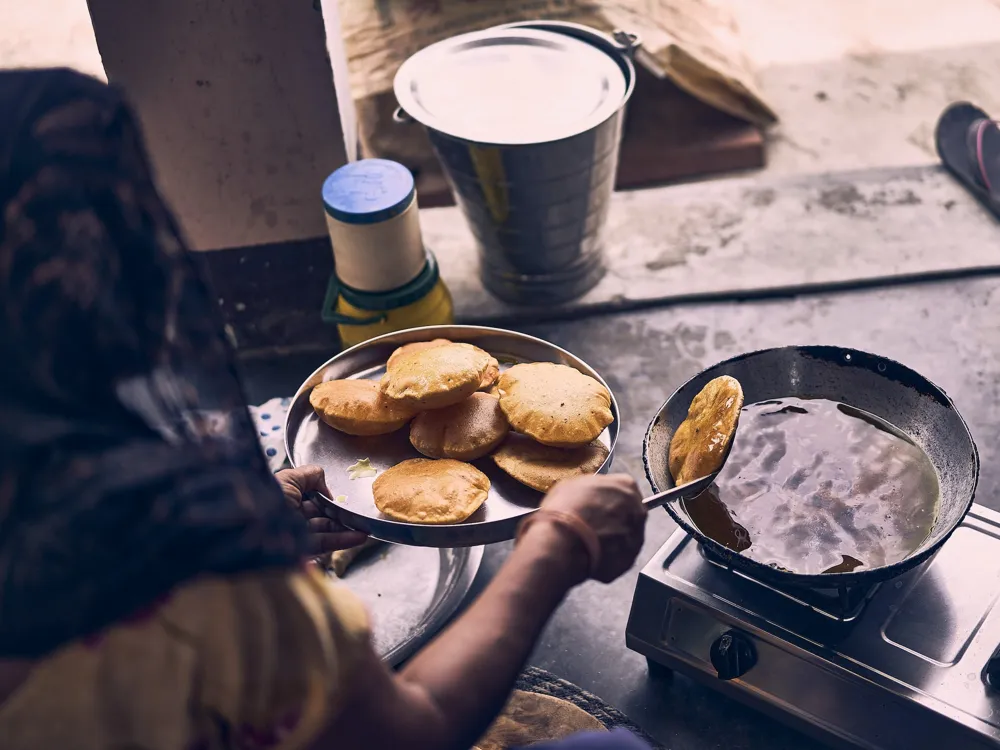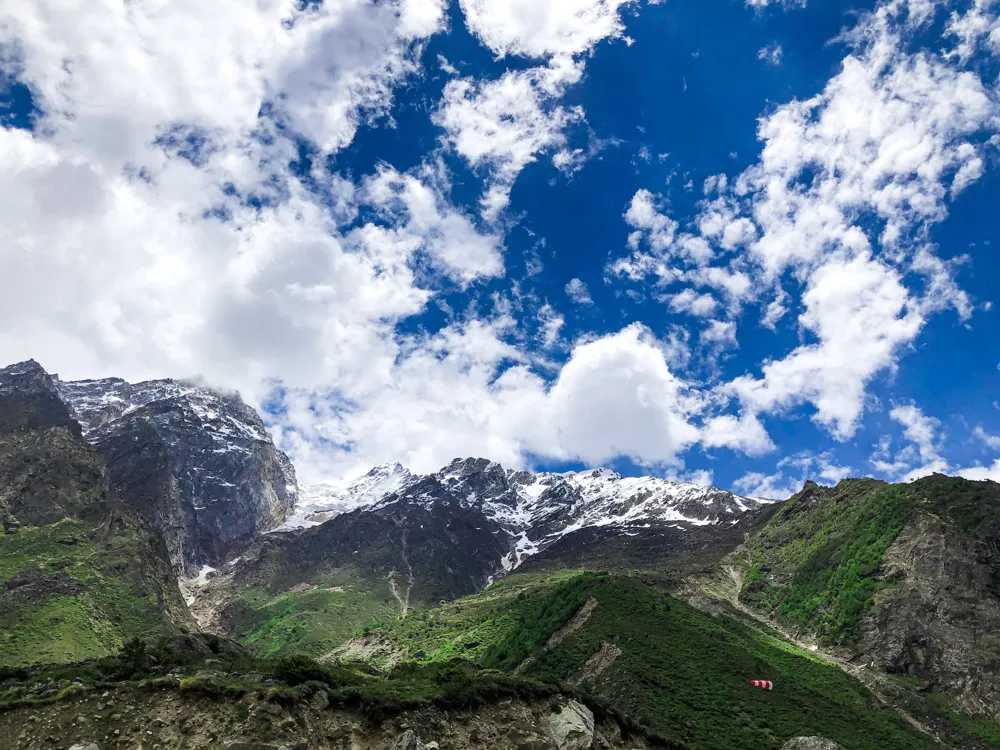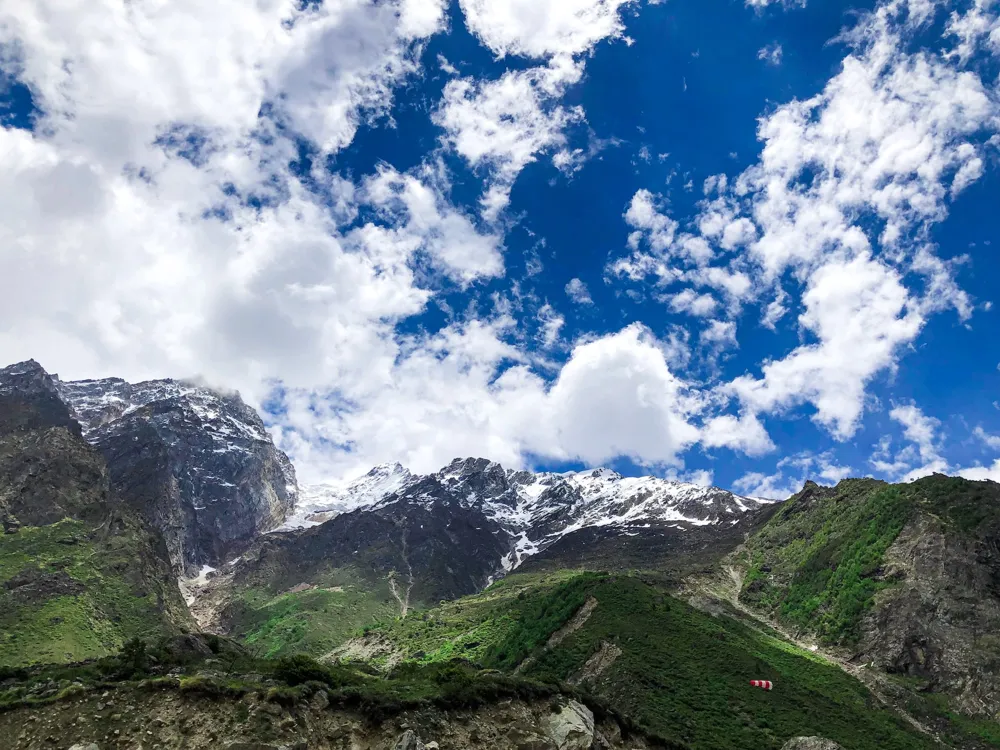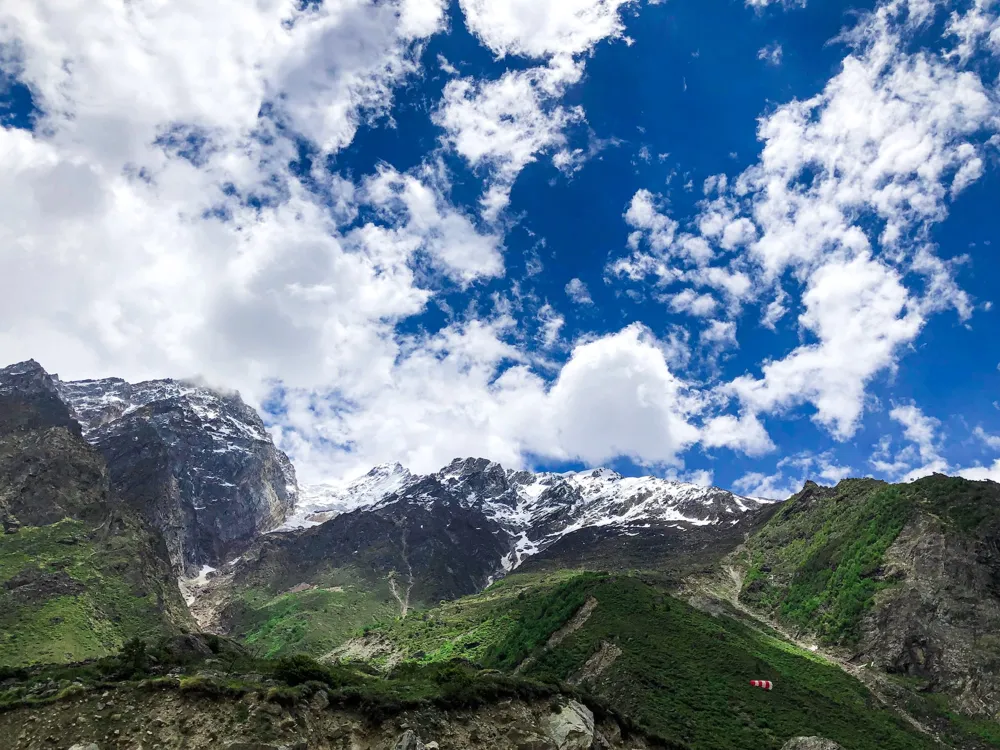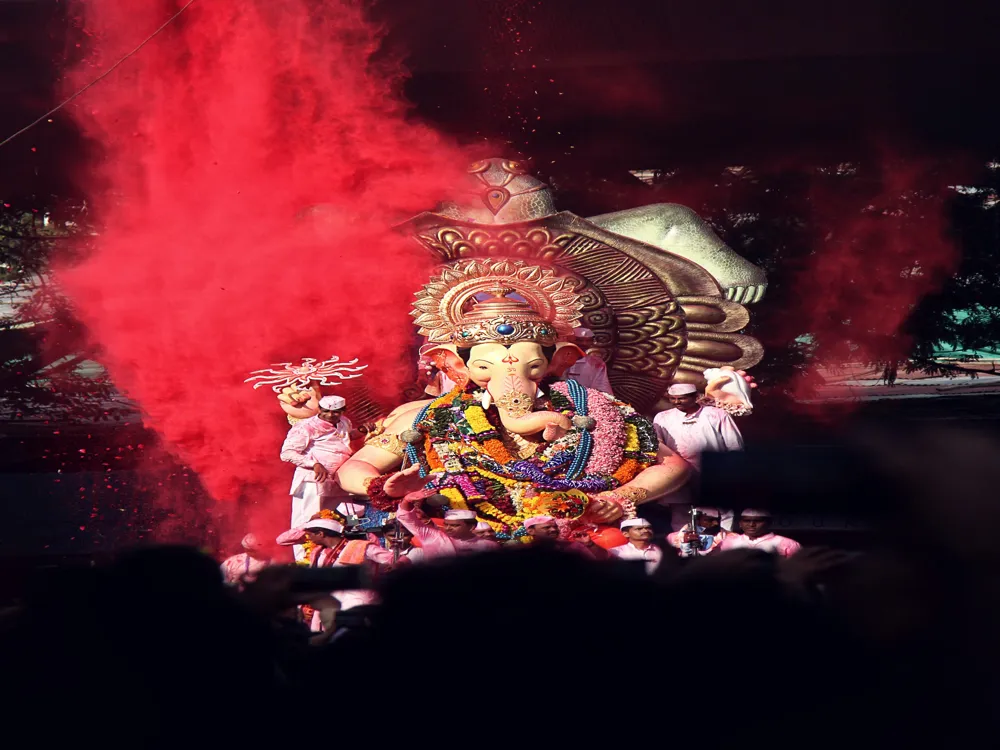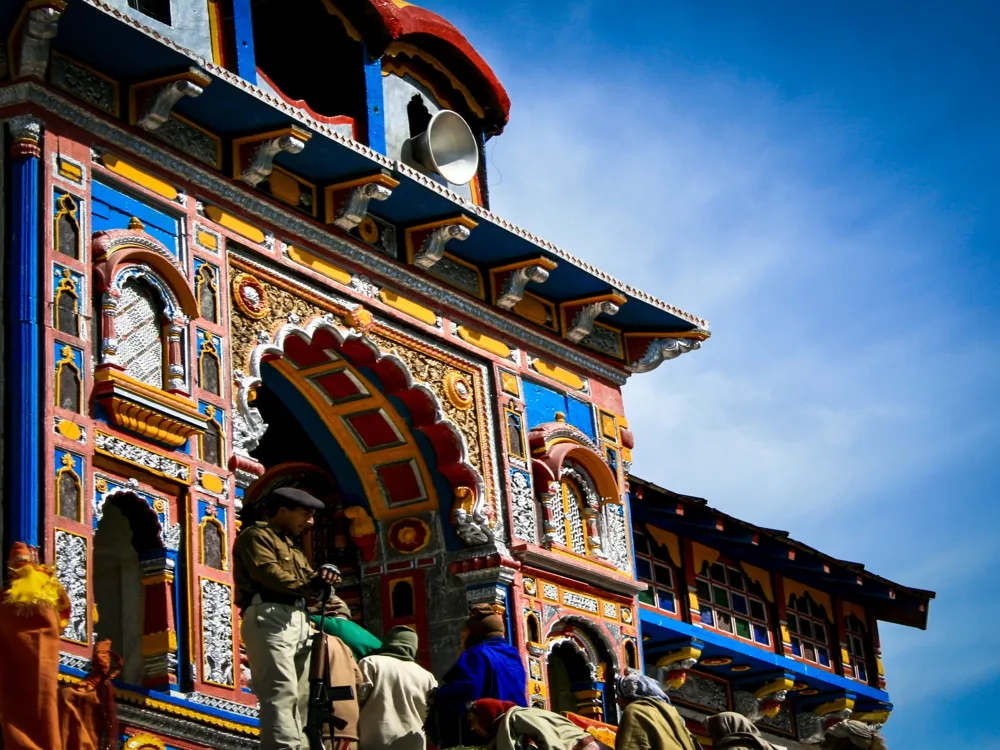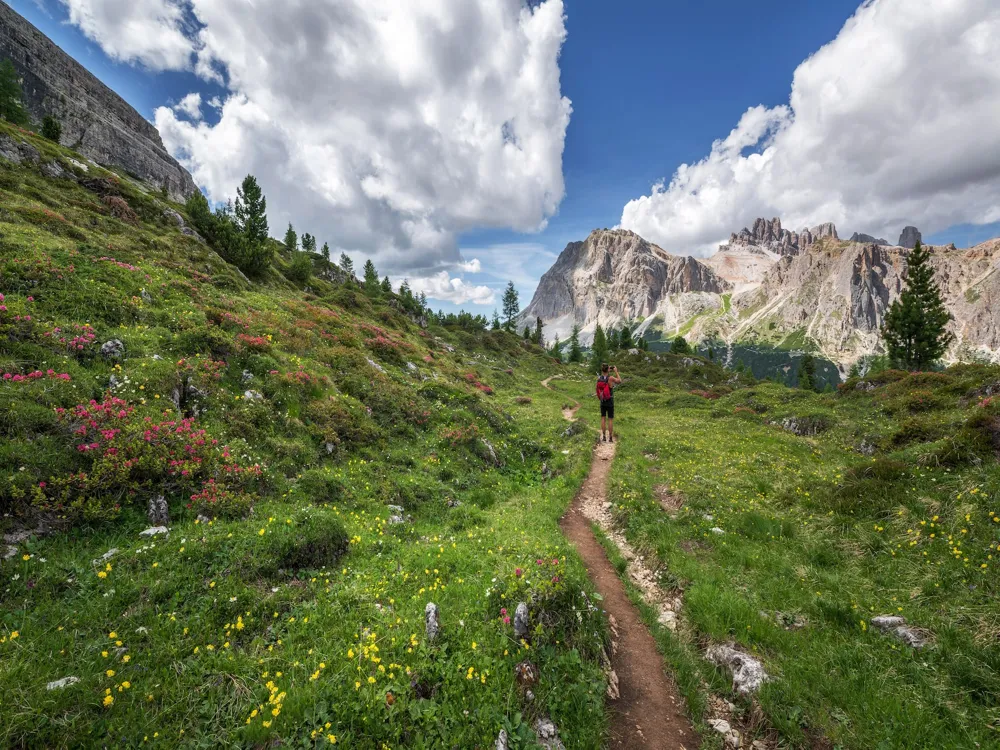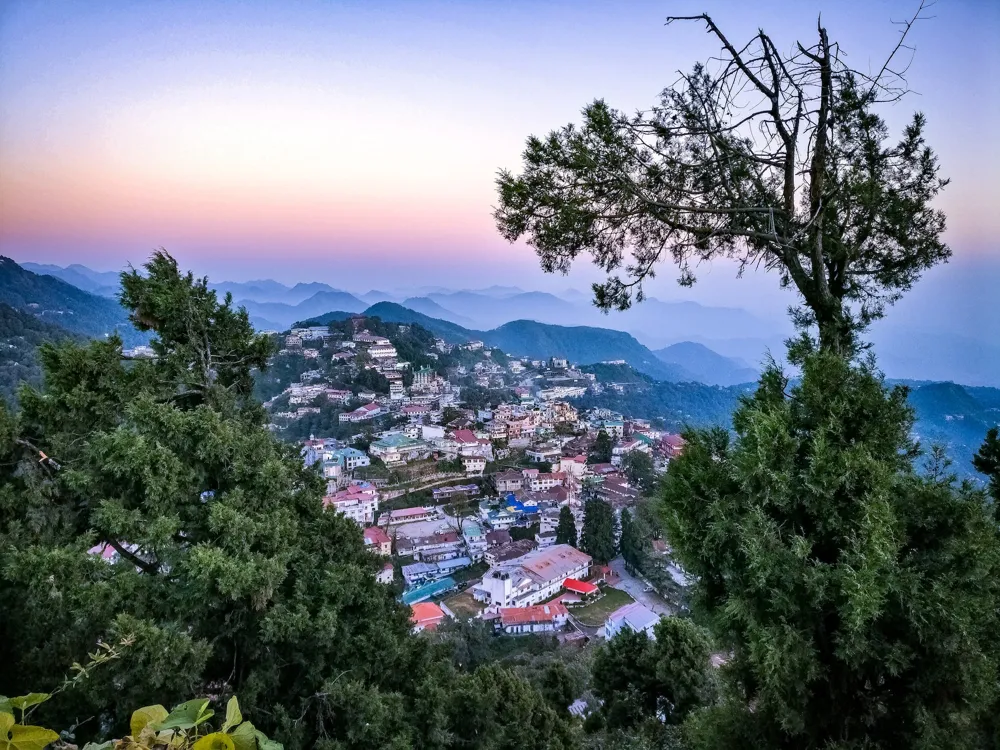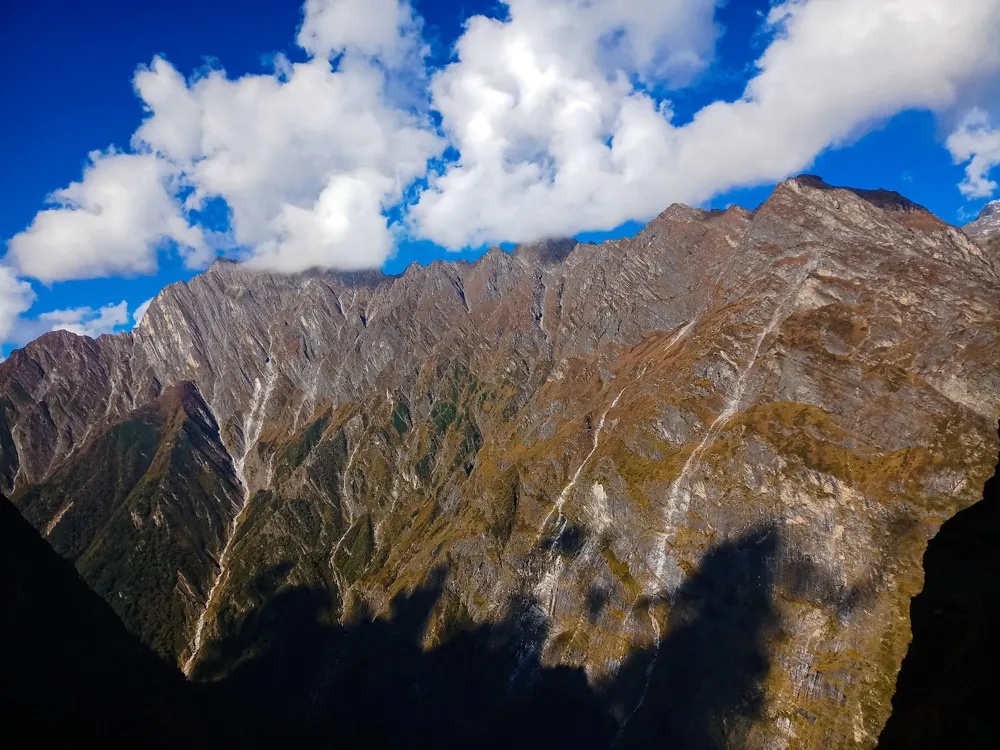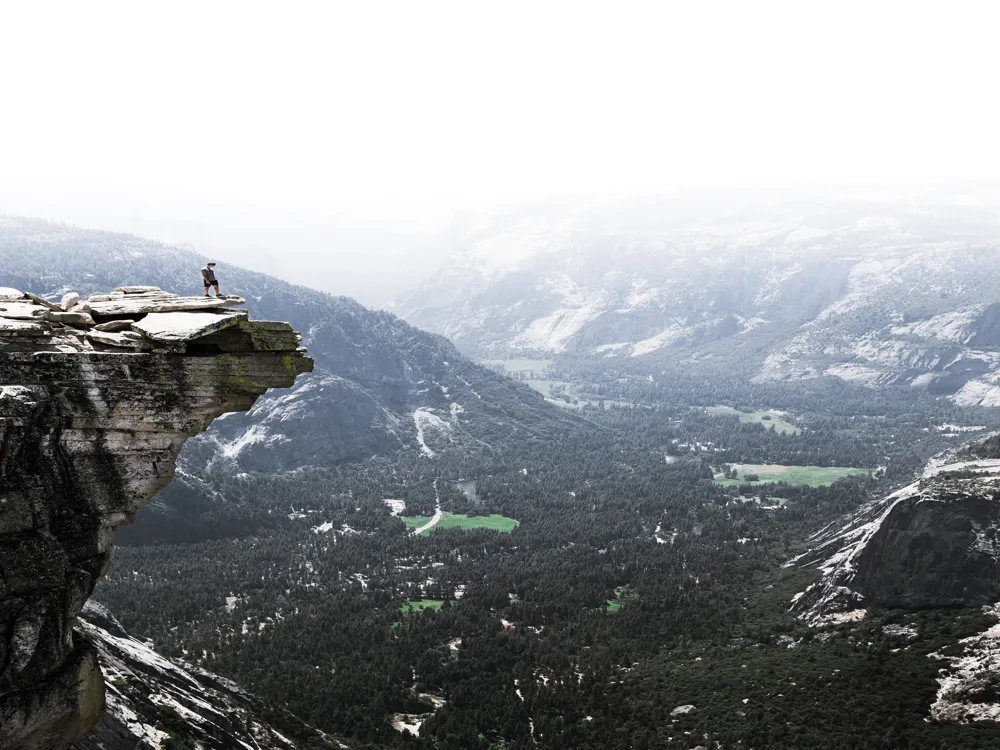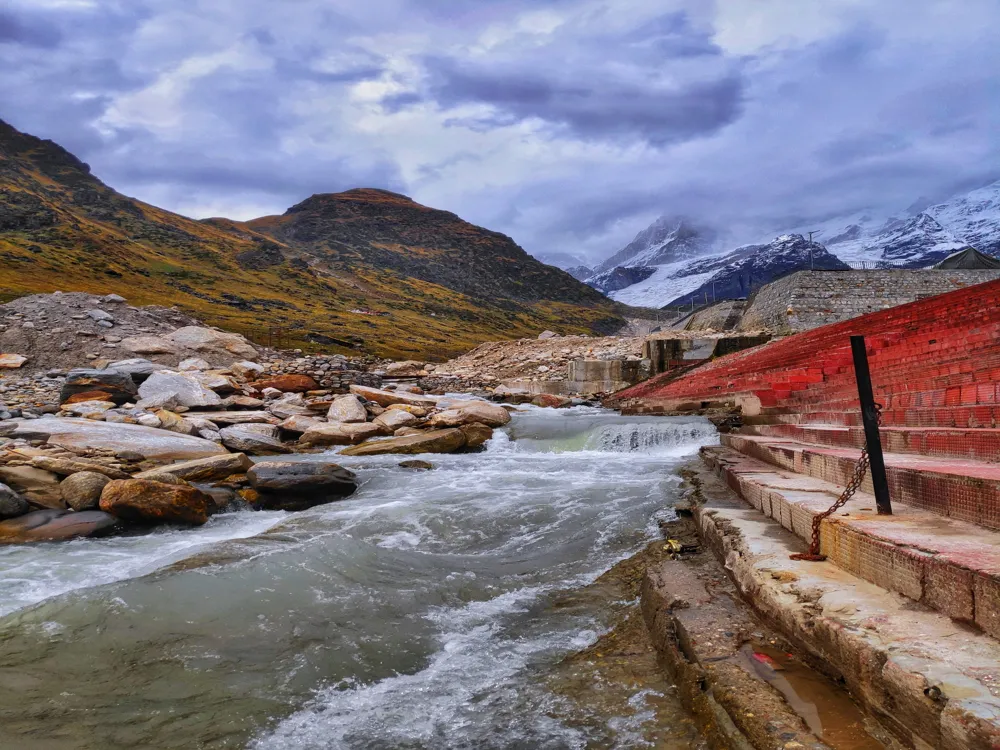Badrinath, nestled in the Chamoli district of Uttarakhand, India, is not just a town but a pinnacle of spiritual journey in the Hindu religion. Revered as one of the Char Dhams, Badrinath's essence lies in its spiritual ambiance, surrounded by the majestic Himalayan ranges. The town, named after the Badrinath Temple, attracts millions of devotees annually, seeking blessings and spiritual fulfillment. However, Badrinath isn't solely about spirituality. It's a blend of divine beauty, mythological significance, and natural splendor. The mythological roots of Badrinath are deep and fascinating. According to Hindu mythology, Badrinath was the place where Lord Vishnu meditated for thousands of years under the Badri tree, hence the name. The town's history is a tapestry of intriguing tales and legends, each adding to its sacred aura. Beyond mythology, Badrinath's geographical location plays a significant role in its charm. Situated at an altitude of 3,300 meters above sea level, it offers breathtaking views of the Neelkanth peak and sits by the banks of the Alaknanda River, enhancing its picturesque and serene beauty. The climate in Badrinath is typically cold most of the year, with summers being moderately warm and winters witnessing heavy snowfall. This weather pattern adds to the town's mystical charm, often covering it in a blanket of snow, creating a heavenly white landscape. The local culture is profoundly influenced by the temple and Hindu traditions, seen in the daily life and rituals of the people. The town is also a hub for various treks and pilgrimage routes, making it a favorite among adventure enthusiasts and spiritual seekers alike. The architectural magnificence of the Badrinath Temple is a sight to behold. This sacred structure, believed to be established by Adi Shankaracharya, is a fine example of ancient Indian temple architecture. The temple's design reflects the traditional Garhwali wooden architecture, interspersed with intricate stone carving work that narrates stories of gods and goddesses from Hindu mythology. The temple's main structure is approximately 15 meters tall, with a colorful façade that is distinct in its artistic elements. The entrance gate, also known as the Singhdwar, is adorned with myriad carvings and leads to the main assembly hall, the Sabha Mandap, and the sanctum sanctorum, the Garbha Griha. The Sabha Mandap is spacious and houses numerous idols, each with its own historical and spiritual significance. The Garbha Griha, containing the main idol of Lord Badrinath (Vishnu), exudes a divine aura that is both mesmerizing and awe-inspiring. The temple complex is not just a spiritual center but also a masterpiece of art and architecture. The intricate carvings, the towering structure set against the backdrop of the majestic Himalayas, and the rhythmic chants of prayers create an atmosphere that transcends the physical realm. The temple's architecture is a testament to the craftsmanship and artistic vision of the artisans of yesteryears, making it a must-visit for anyone interested in ancient Indian art and culture. While Badrinath is accessible from May to October, the ideal time to visit is from May to June and September to October. During these months, the weather is pleasant, and the natural beauty is at its peak. Monsoons, from July to August, are less ideal due to heavy rains and possible landslides. Badrinath offers a range of accommodation options, from budget ashrams to mid-range hotels. Booking in advance is advisable, especially during the pilgrimage season (May-June and September-October) when the town sees a high influx of visitors. Given the cold climate, carry warm clothing, including woolens and windproof jackets. Comfortable walking shoes are a must. Also, carry medicines for altitude sickness, and keep hydrated to avoid health issues at high altitudes. Respect local customs and traditions. Dress modestly while visiting the temple and refrain from photography inside the temple premises. It's also advisable to participate in the local customs and rituals to enrich your experience. Be mindful of altitude sickness and acclimatize properly. Medical facilities in Badrinath are basic, so carrying a first-aid kit and necessary medicines is essential. Also, follow the guidelines and warnings, especially during treks and excursions. Badrinath is well-connected and can be reached by road, air, and rail, albeit with some travel involved. The nearest airport is Jolly Grant Airport in Dehradun, 314 km away. The closest railway stations are at Haridwar and Rishikesh. From these points, one can hire taxis or take buses to Badrinath. The journey by road is scenic, winding through mountainous terrain, offering glimpses of the Garhwal Himalayan ranges and the confluence of rivers like Devprayag and Rudraprayag. For those seeking a more adventurous route, trekking options are available. Several trekking routes lead to Badrinath, offering an exhilarating experience amidst nature's untouched beauty. These treks vary in difficulty and duration, catering to both seasoned trekkers and beginners. Regardless of the mode of travel, the journey to Badrinath is an experience in itself, filled with natural beauty and spiritual awakening.Overview of Badrinath in Uttarakhand
Architecture of Badrinath Temple
Tips When Visiting Badrinath
Best Time to Visit
Accommodation
Travel Essentials
Local Etiquette
Health and Safety
How To Reach Badrinath
Narad Kund
Badrinath
Uttarakhand
₹ 11,200 onwards
View badrinath Packages
Badrinath Travel Packages
View All Packages For Badrinath
Top Hotel Collections for Badrinath

Private Pool

Luxury Hotels

5-Star Hotels

Pet Friendly
Top Hotels Near Badrinath
Other Top Ranking Places In Badrinath
View All Places To Visit In badrinath
View badrinath Packages
Badrinath Travel Packages
View All Packages For Badrinath
Top Hotel Collections for Badrinath

Private Pool

Luxury Hotels

5-Star Hotels

Pet Friendly







